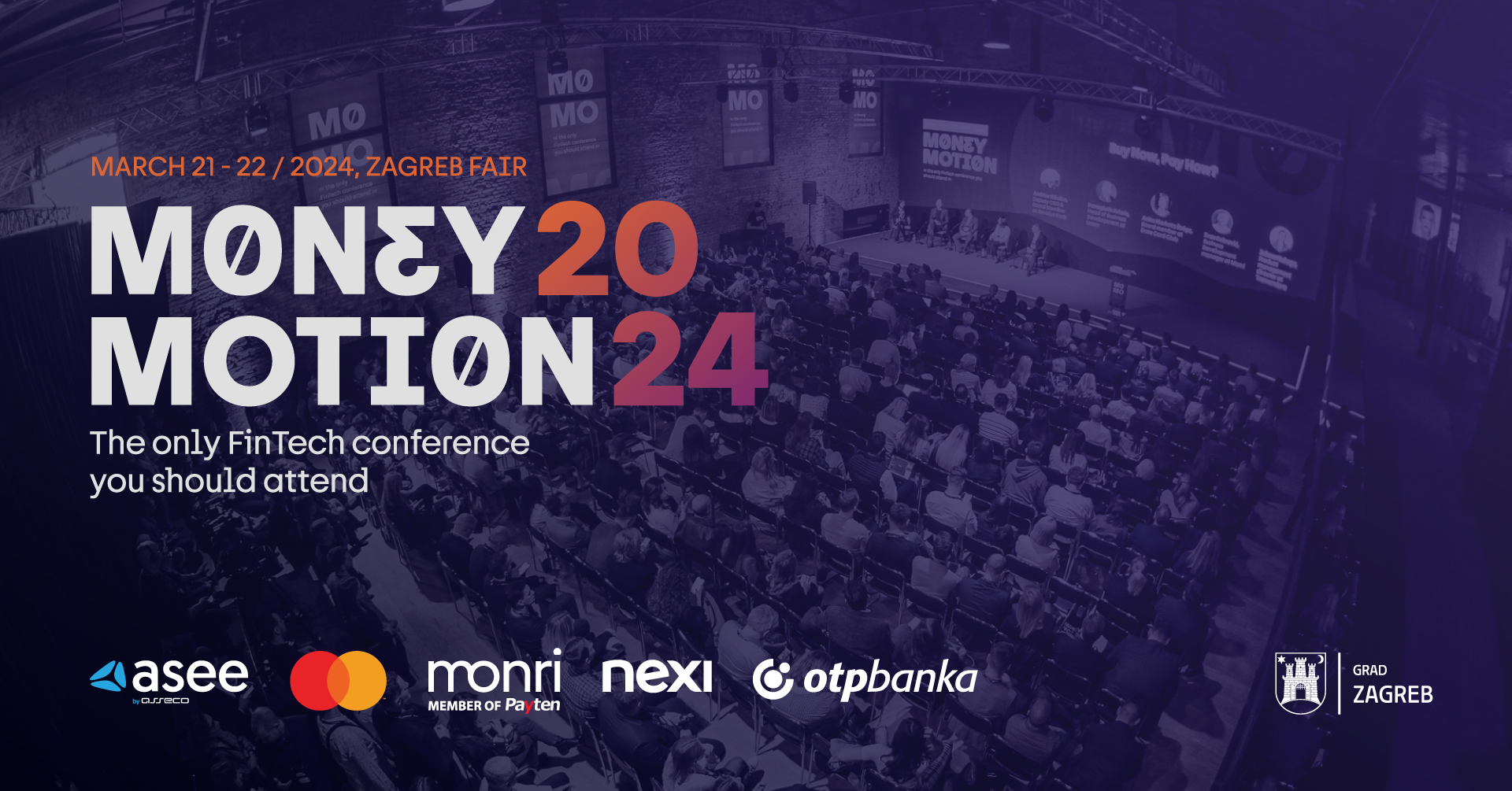Old Banks and new Fintechs Walk Hand-in-hand

Péter Benyó
Just a few years ago, when financial technology companies first popped up, what they had to offer seemed unreal. Opening a bank account via a mobile application in minutes and receiving a bank card a few business days later made banks with legacy digital systems seem sluggish. Today, a mutually beneficial competition has developed where fusion may be possible sooner rather than later.
“It became clear pretty quickly that rivalry is not the way forward for banks and fintech companies. What customers want is not provided in its entirety by either party,” Márton Homola, director of digital products at Telenor Hungary, tells the Budapest Business Journal.
“Banks have realized that they need to keep up with new expectations that they were ill-equipped to deliver on their own. So now what we see is cooperation where the final product is something that incorporates the best of two worlds. It’s a fast, convenient, modern service that is secure and exhaustive,” he explains.
OTP Mobile CEO Péter Benyó shares this view. “It would be fair to assess that, although we [banks and fintechs] are competitors in some way, we are also allies when it comes to increasing the penetration of digital banking here in Hungary,” he says.
“We consider them to be allies when it comes to encouraging customers to try out new payment and banking methods. Also, we are of the view that the more actors are on a certain market, the better service the customer can receive,” Benyó adds. OTP Mobile’s Simple mobile payment service has 1.5 million users and dates back to 2013.
Arguably, fintech Revolut has done most to speed the popularity of mobile-based payments across the world through its easy and intuitive user interface and quick digital transactions and payments.
“When we talk about digital neobanks such as Revolut, those are still the number one place to go for top notch customer experience and developing new services fast. N26 has just hit 7 million customers, Revolut has more than 15 million users and is continuously expanding its service portfolio,” Adam Gusztav Nagy, senior manager at PwC Hungary’s Digital Consulting unit, says.
“While incumbents are still focusing on strengthening their core digital services, these digital companies are stepping up the game in wealth management and small business payments, just to mention a few,” he adds.

Ádám Gusztáv Nagy
Changing Landscapes
Although fintechs go well beyond banking, smart devices and faster data connections are continuously changing the financial landscape, both on the user and provider side. As customers become increasingly keen on using smart devices for payments, merchants are happy to do away with cash and bank card payments as digital transactions are quicker and cheaper. This boosts traffic and business.
How does digitalization appear in the banking business in Hungary?
“One obvious answer is Instant Payment, which is a form of digitalization. There are also attempts by banks to allow customers to conduct more and more bank related business online that previously required face-to-face meetings. More and more providers are offering QR-code payments and quicker, easier and safer registration of bank cards and payment by them due to 3D secure,” Homola says.
Digitalization affects every single aspect of how banks are doing business today. “Therefore, innovation, and constant development must be a part of our everyday life. Digitalization, especially during the last year, has shifted into overdrive. Most of the banks offer and develop digital banking solutions; the biggest question now is how customers will implement these solutions in their everyday life,” OTP Mobile’s Benyó adds.
Beside payments solutions, however, financial and wealth management are areas where further growth can be expected.
“Most of the Hungarian banks have implemented the core digital capabilities and upgraded their digital frontends. Either it was their own solution or they brought the regional standard of their banking groups. These have the basics right: transaction, authentications and some PFM [personal financial management] functionalities. The question is what the next step will be, how to build on these basics, sell investments, loans, integrate third-party solutions,” Nagy, of PwC, states.
But change comes with challenges. “Building trust is a challenge in a constantly changing environment, among a clientele, where you can find both ends of the spectrum: those who are open, and demanding toward new innovations and also those who prefer traditional banking,” Benyó notes.
Another challenge is the interest in, and acceptance of, innovative solutions by the Hungarian population.
“They do not bang on the doors of banks to demand new banking services. In the last few years, the Hungarian National Bank put measures in place to support innovative, digital financial services with bold legislative moves and we are assuming that this regulation support will remain,” Homola says.

Márton Homola
Balancing Act
Banks must meet fast go-to-market and customer experience expectations, while maintaining a more conservative risk taking policy and measuring up their IT capabilities.
“A key challenge is how to become an agile ‘tech’ company, bring new digital solutions to the table that do not risk cyber security, data protection or general service levels,” Nagy weighs in.
Transforming a banking organization and choosing the best IT architecture strategy to measure up the new digital game requires implementing complex system changes that have been shown to be a tough challenge. All the hard work and effort should bear fruit, however, as they will create immense opportunities.
“In Hungary, the share of transactions in cash is still pretty high. By digitalization and making cashless/digital payment methods really available for everybody, there can be a further boost in increasing the share of digital payments (which have already been boosted by COVID),” says Homola.
“This is an aim for the banking sector and for the whole economy as well. Other than that, through digitalization there is an opportunity to merge sectors and services into one ecosystem, or at least into more holistic packages,” adds Telenor’s director of digital products.
Benyó of OTP Mobile goes further. “Creating a simpler, transparent and safe banking world for our customers, that is our mission. With most fintech solutions one can handle finances in a more conscious way. By now, people have realized that finances are not just something you have to deal with; you can shape these solutions in your own way,” he says.
Fintechs and digitalization can break old habits in customer behavior and that represents a great opportunity for Hungarian banks.
“They do not have to fight all the initial battles but can integrate, scale up and monetize working solutions. The instant payment system and KAÜ [Central Client Authentication Agent, an electronic identification service by electronic identity card] acceptance for KYC [know your customer protocols] are good places to start in Hungary. The great question is if they build their own solutions or integrate third parties to provide a complete set of services? We will see,” PwC’s Nagy concludes.
This article was first published in the Budapest Business Journal print issue of March 12, 2021.
SUPPORT THE BUDAPEST BUSINESS JOURNAL
Producing journalism that is worthy of the name is a costly business. For 27 years, the publishers, editors and reporters of the Budapest Business Journal have striven to bring you business news that works, information that you can trust, that is factual, accurate and presented without fear or favor.
Newspaper organizations across the globe have struggled to find a business model that allows them to continue to excel, without compromising their ability to perform. Most recently, some have experimented with the idea of involving their most important stakeholders, their readers.
We would like to offer that same opportunity to our readers. We would like to invite you to help us deliver the quality business journalism you require. Hit our Support the BBJ button and you can choose the how much and how often you send us your contributions.








